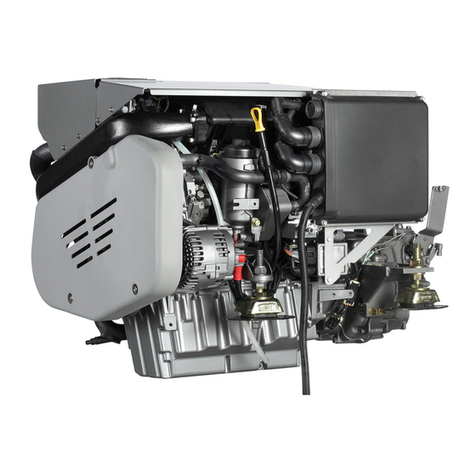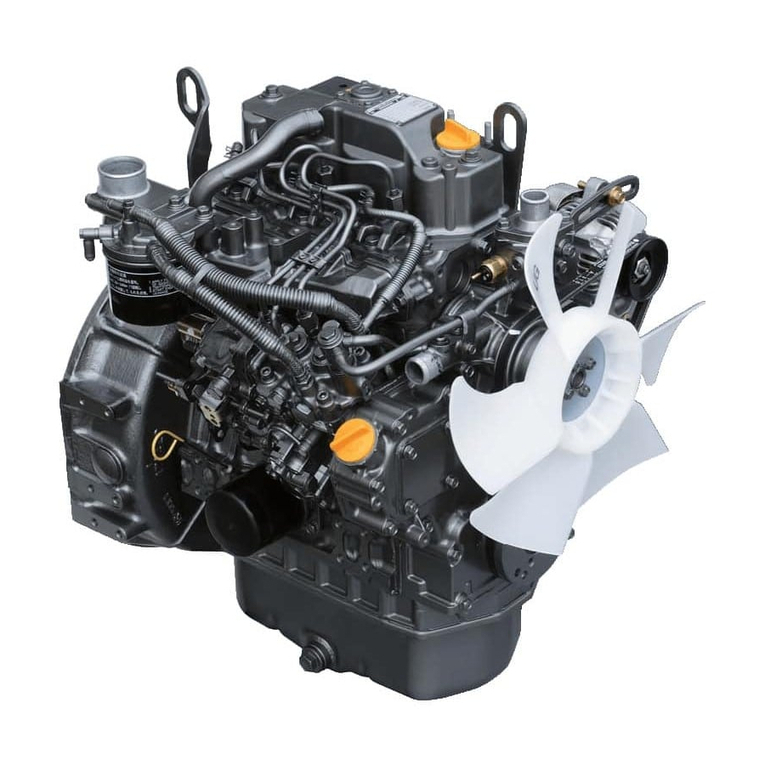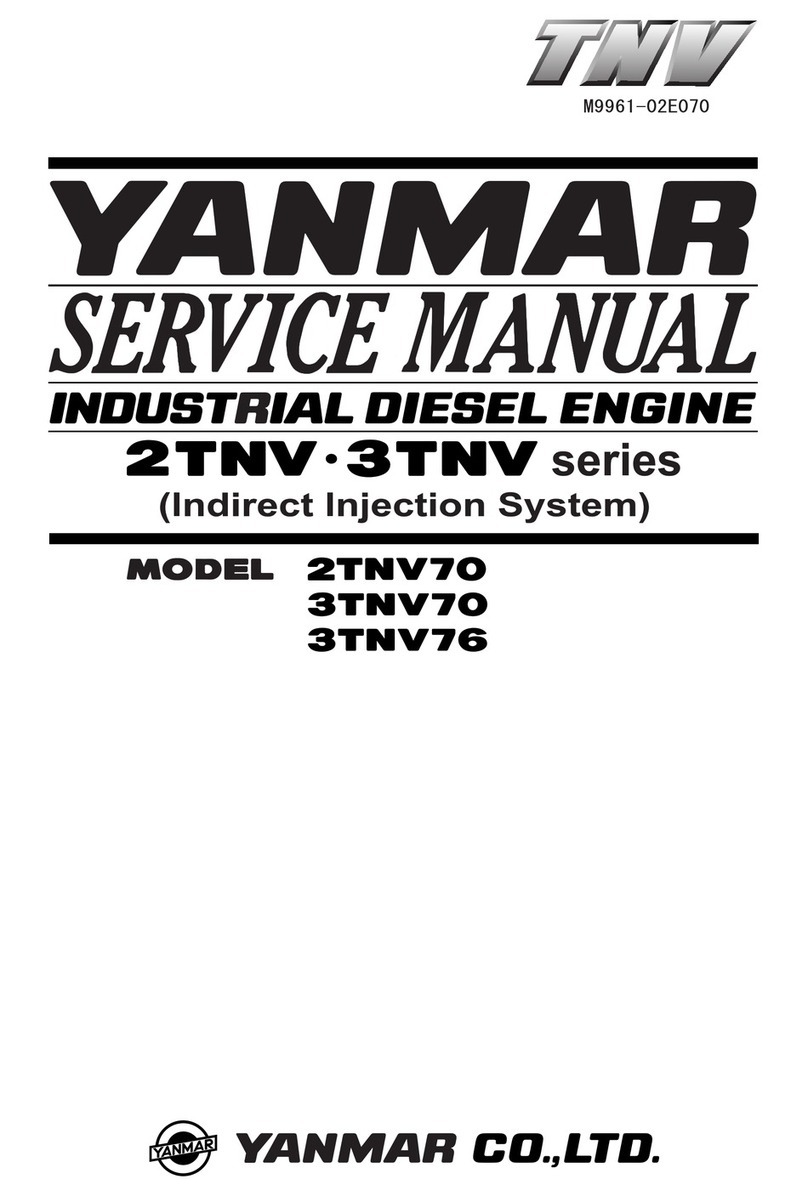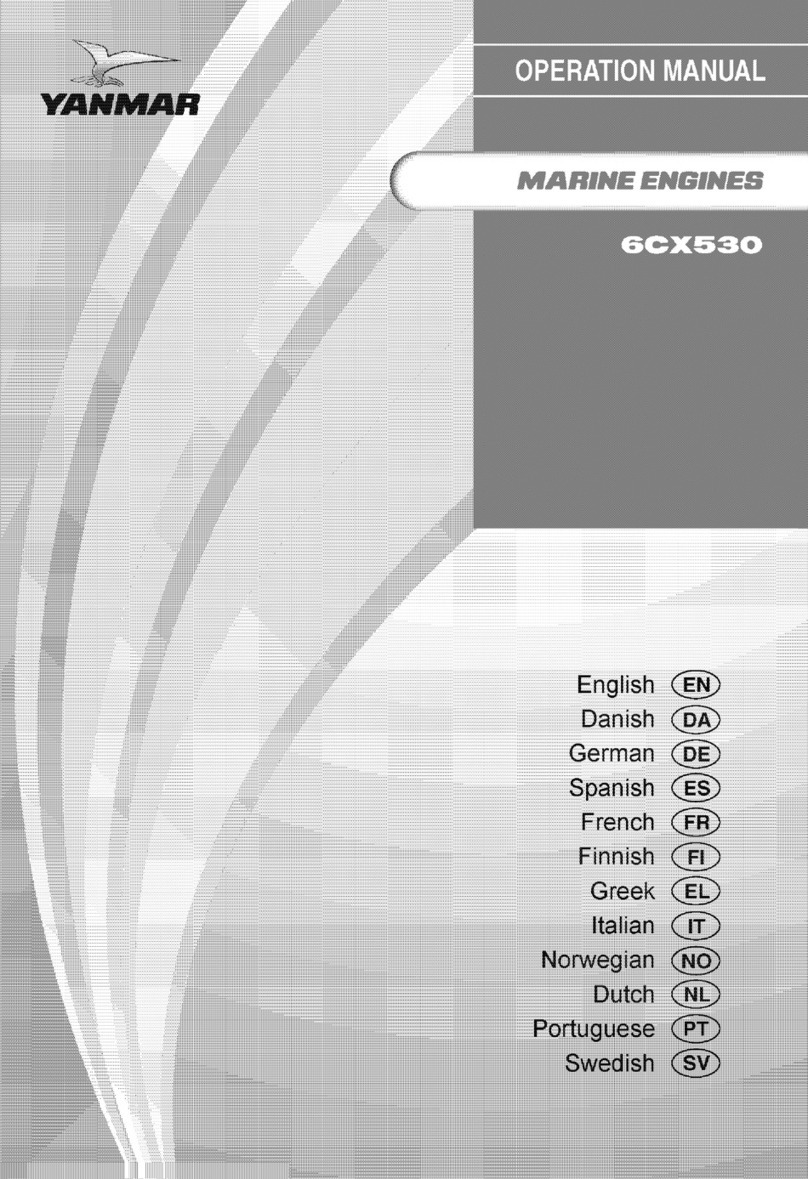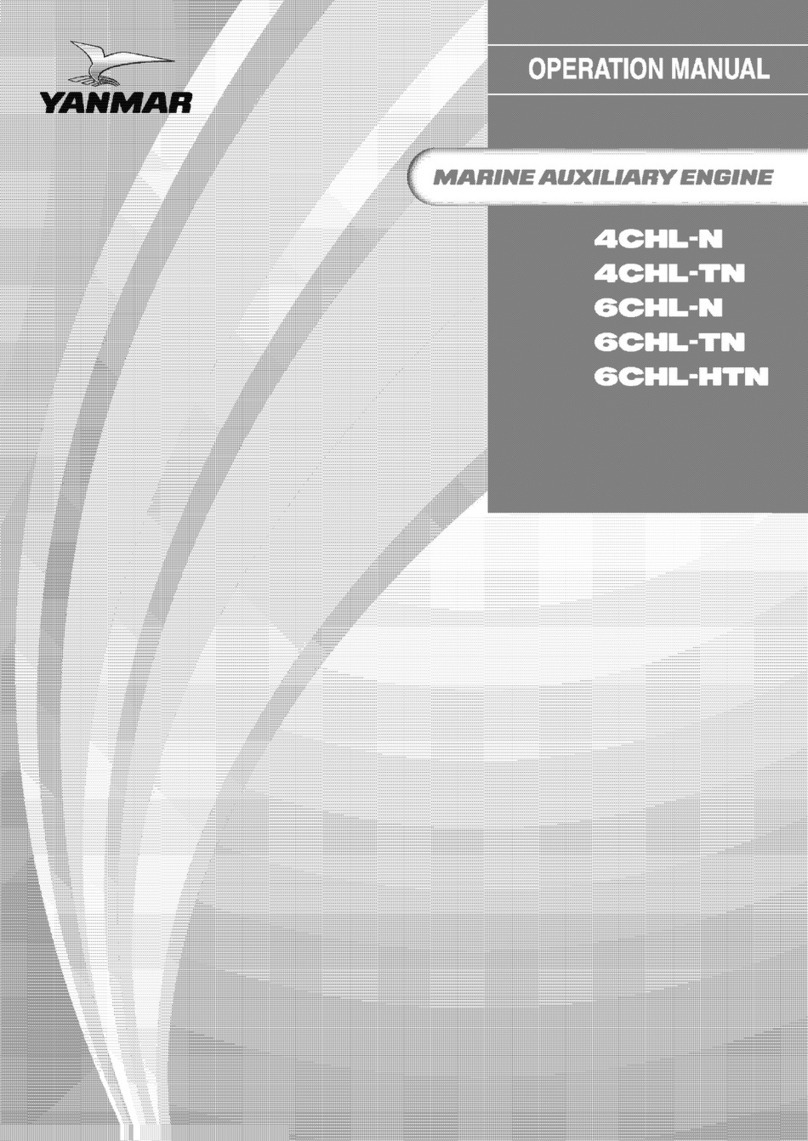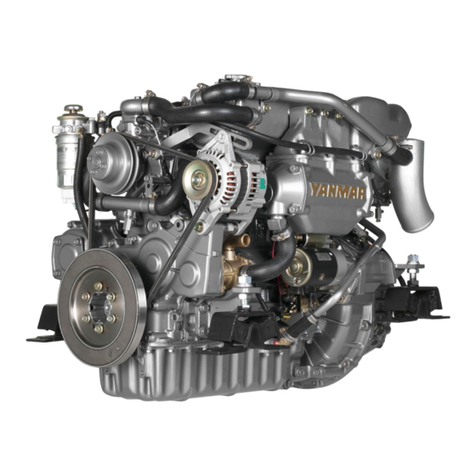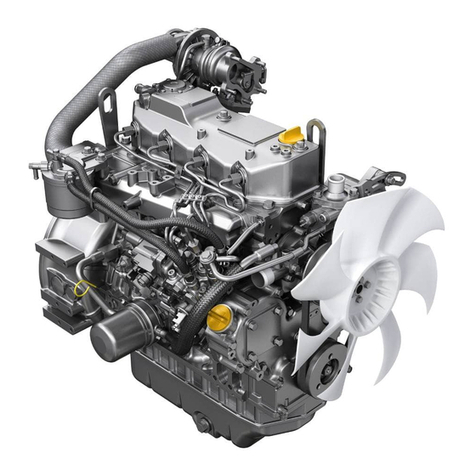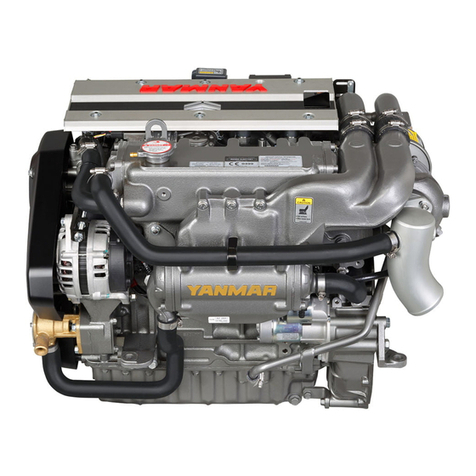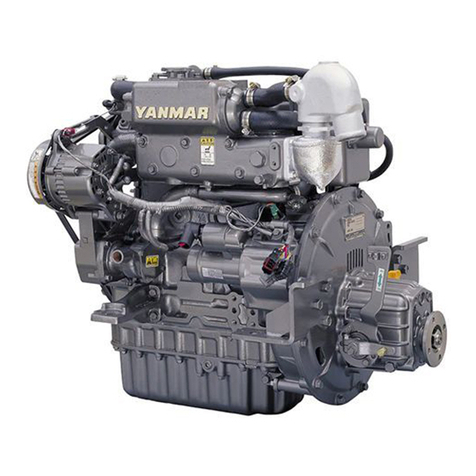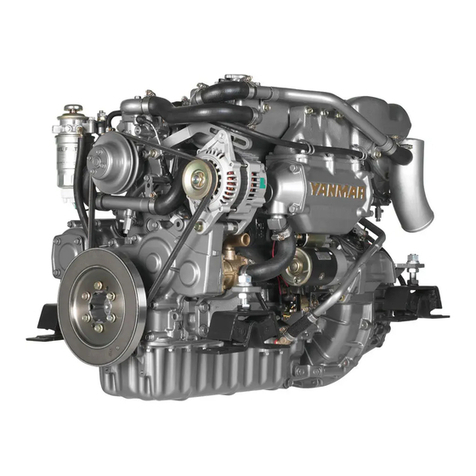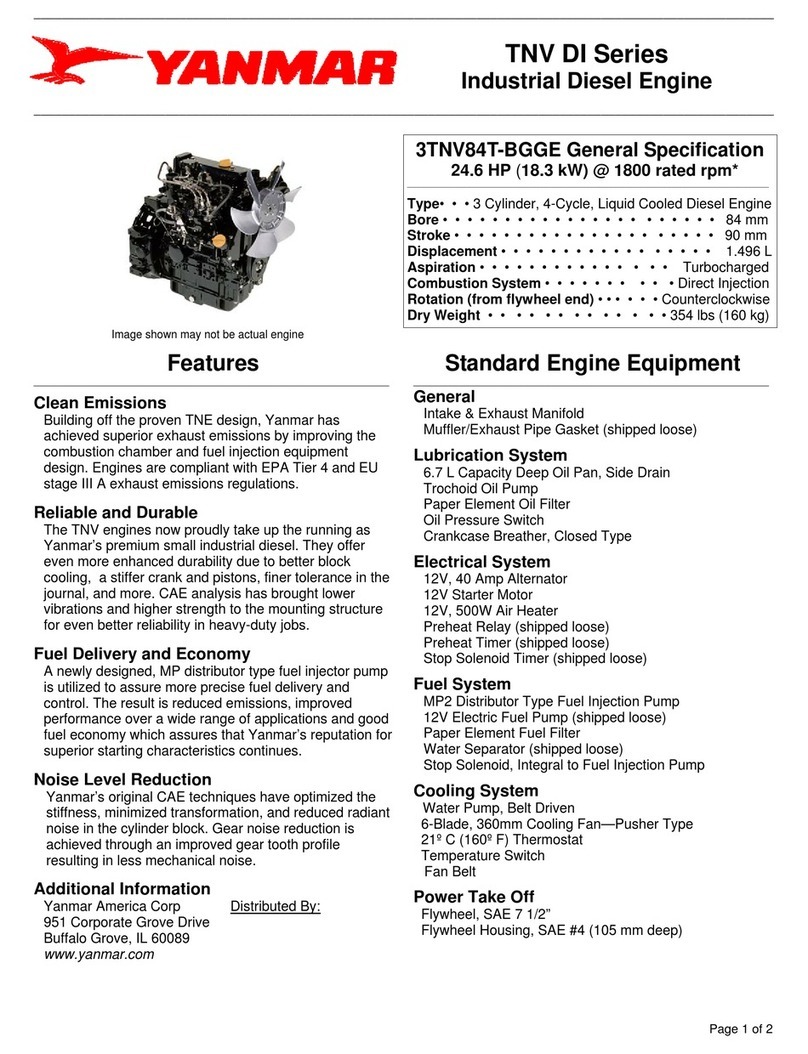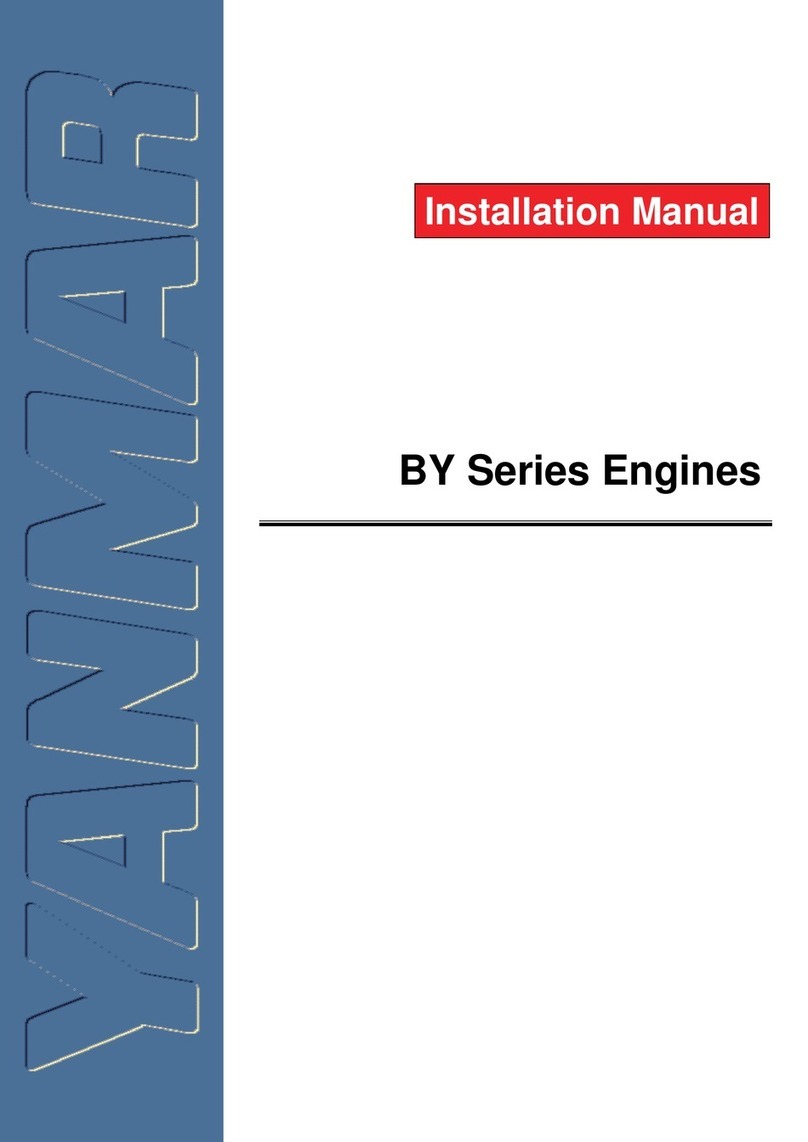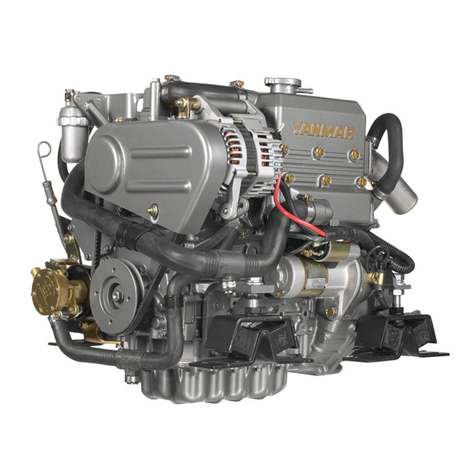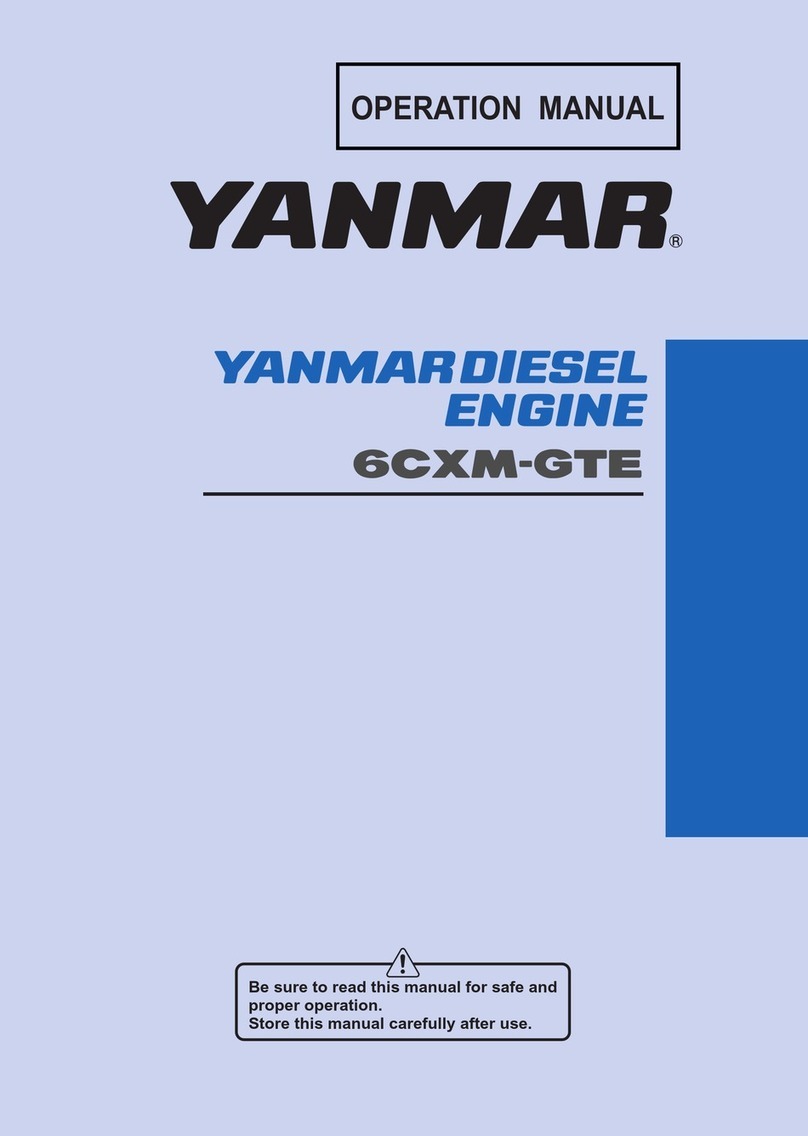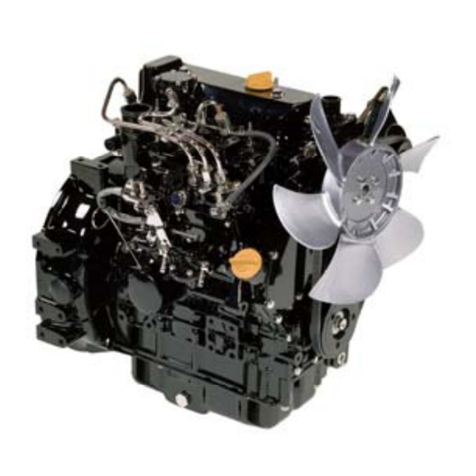
5.4.1 Inspecting the connection rod ................................................................. 201
5.4.2 Crank pin metal ....................................................................................... 202
5.4.3 Piston pin bushing................................................................................... 204
5.5 Crankshaft and main bearing .............................................................................. 205
5.5.1 Crankshaft............................................................................................... 205
5.5.2 Main bearing ........................................................................................... 208
5.6 Camshaft and tappets ......................................................................................... 209
5.6.1 Camshaft................................................................................................. 209
5.6.2 Tappets ................................................................................................... 211
5.7 Timing gear ......................................................................................................... 212
5.7.1 Inspecting the gears................................................................................ 212
5.7.2 Gear timing marks................................................................................... 212
5.8 Flywheel and housing ......................................................................................... 213
5.8.1 Position of top dead center and fuel injection timing............................... 214
5.8.2 Damper disc ............................................................................................ 214
6. Fuel Injection equipment ............................................................................................. 215
6.1 Fuel Injection pump/governor for 3JH4E and 4JH4E ......................................... 215
6.1.1 Fuel system diagram............................................................................... 215
6.1.2 Fuel injection pump service data............................................................. 216
6.1.3 Fuel injection pump structure .................................................................. 219
6.1.4 Removing a fuel injection pump .............................................................. 220
6.1.5 Installing a fuel injection pump ................................................................ 221
6.1.6 Adjusting fuel injection timing.................................................................. 221
6.1.7 Troubleshooting of fuel injection pump ................................................... 221
6.1.8 Tools ....................................................................................................... 222
6.2 Fuel feed pump ................................................................................................... 224
6.2.1 Construction of fuel feed pump ............................................................... 224
6.2.2 Fuel feed pump specifications................................................................. 224
6.2.3 Disassembly and reassembly of fuel feed pump..................................... 225
6.2.4 Fuel feed pump inspection ...................................................................... 226
6.3 Fuel injection pump/ governor for 4JH4-TE and 4JH4-HTE ............................... 227
6.3.1 Fuel system diagram............................................................................... 227
6.3.2 Fuel injection pump structure .................................................................. 228
6.3.3 Fuel injection pump service data............................................................. 233
6.3.4 Removing a fuel injection pump .............................................................. 234
